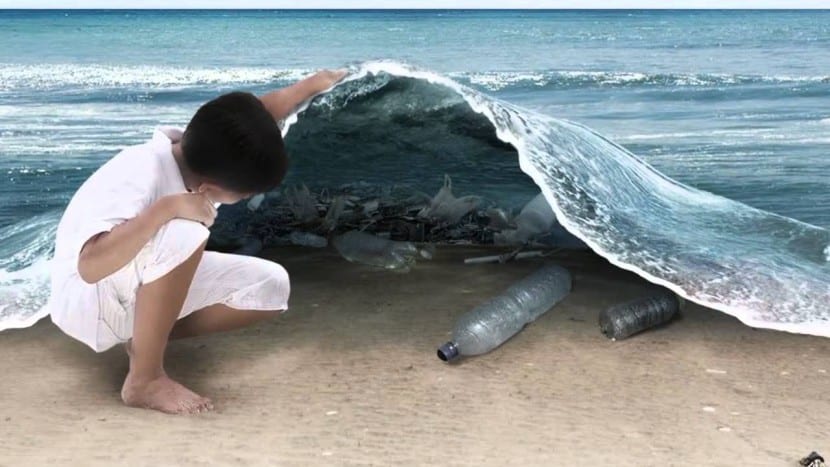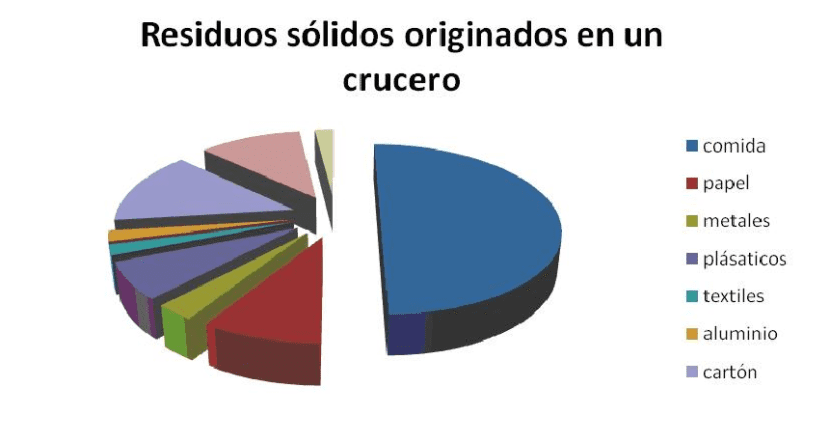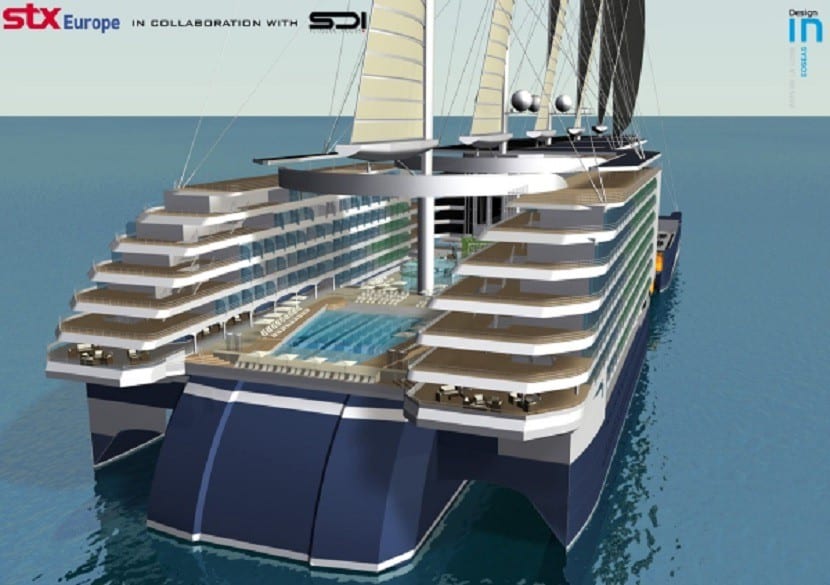
Without a doubt, we are all very concerned about the waste that is thrown into our oceans and seas. You may have read articles about the responsibility that cruise ships have in all this. I will not be the one to say that it is not true, but like any human activity it has a cost for the planet. Nevertheless It is the sector itself that "in order not to kill the goose that lays the golden eggs" or out of ecological awareness, has put the batteries in and is the most demanding with the management of its waste.
Below I explain how very innovative initiatives are being carried out to reduce the emission of waste to the ocean as much as possible.
The rules on waste management

Until now, the regulations governing waste management on cruise ships are included in the International Convention for the Shipping Pollution Prevention (MARPOL) approved in 1973 by the International Maritime Organization (IMO). You can imagine that it is absolutely outdated.
This agreement says that It is forbidden to empty the bilges and the discharge of sewage from the ship within three miles nautical, except if these wastes have been treated to reduce their volume and eliminate their pollutant load. The truth is that from 12 nautical miles the rules for disposing of garbage are relaxed and this regulation is not enough to prevent the uncontrolled dumping of waste. Rather, they have had to be the captains themselves, the first lovers of the sea, and the companies that are making ecological commitments. Also and it must be said, because the commitment to the environment is increasingly valued by users and the conservation of the oceans.
It is completely forbidden to throw into the sea:
- Plastics, glass, drums, packaging and containers
- Oils and fuel residues or other hydrocarbons
- Oily waters
- Food scraps less than 12 miles from shore
Other initiatives to generate less waste on cruise ships

Costa Cruises launched a couple of years ago, in July 2016 a sustainability report highlighting a 4,8% reduction in energy consumption across its entire fleet, and the carbon footprint reduction has been 2,3 percent. Another piece of information to note in this report is that the collection and recovery of waste has been 100 percent. One fact that I especially like is that almost 70% of the water you need on board has been produced directly on the ship itself.
Carnival the North American shipping company, in addition to also switching to new fuels, implanting among its objectives of global sustainability by 2020 in its 10 cruise lines, usually allocate a large sum of money on World Oceans Day to any NGO that works to conserve them.
And being simple, how about a sailing cruise? In this sense, the Sailsquare platform, a kind of Uber del mar puts customers and captains of sailing boat, has published a report stating that sailing between the Balearic Islands and Sardinia saves up to 235 kg of CO2.
The newest initiative in terms of passenger cruises is being developed in Japan, it is the Ecoseas project of the NGO Peace Boat. This non-profit organization was proposed in 2008 to obtain the Nobel Peace Prize, and has spent years traveling the world with different social purposes.
LNG, Liquefied Natural Gas the future of fuels at sea
International regulations are adapting, and shipping companies investing in changing the type of fuel. Now they are looking for much less polluting alternatives like LNG, liquefied natural gas, with this fuel it is reduced by 90% emissions of nitrogen oxides and almost 24% of CO2. You have more information about this type and other types of fuel that move cruise ships in this article.